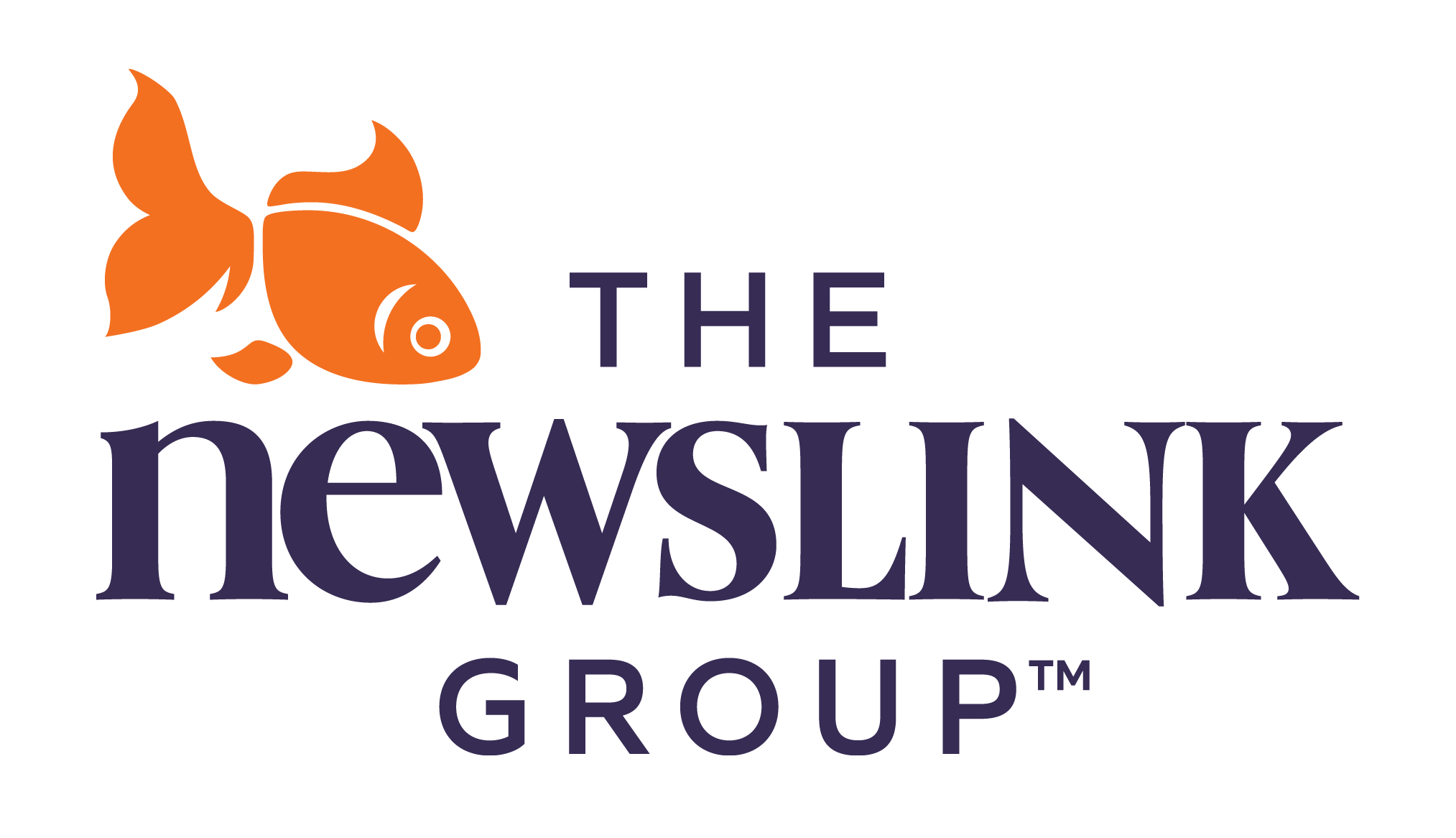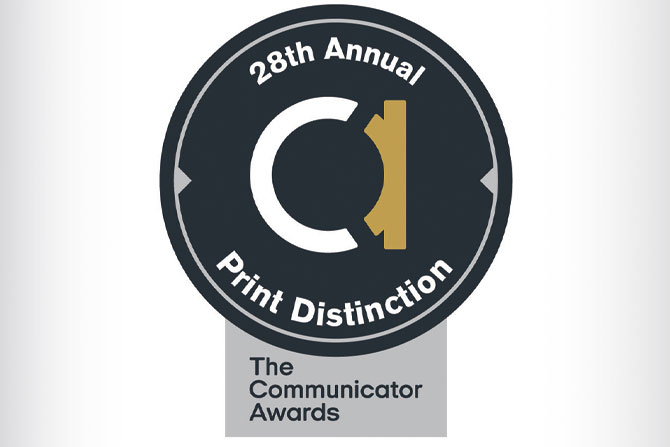People are social beings. Whatever you want to do, effective communication will help you achieve your goals (short term, long term and anything in between).
What does everybody need in life? That’s a good question with many possible answers, but let’s pick three. The first answer is from Shala Nicely on the Psychology Today website. She said that everyone wants to be loved, valued and happy. Most people would agree.
The second answer is from the On the Under 30 CEO website. Matt Wilson stated that most people’s basic needs are met in developed countries. As a result, people’s happiness in those countries is not connected to accumulating more money or possessions than necessary. Instead, he claims true wealth consists of having choices and the freedom to do what you love. That reasoning somewhat explains why many people choose to prioritize experiences over possessions. It makes sense to avoid adding to your possessions when you already have more than you need. His reasoning is also supported by the fact that people need choices and freedom to feel they are in control of their lives; lack of control is threatening and can easily escalate into fear and major stress.
The third answer is from an Adam Grant TED Talk from September 2021, called How To Stop Languishing and Start Finding Flow. Although his thoughts are less about “what” and more about “how,” he said (among other things) that people need mastery, mindfulness and mattering, where mattering is the feeling that “you make a difference to other people.” For mattering to be most effective, it is based on a reciprocal relationship: you know them, they know you, and you are important to each other. As he points out, a one-sided relationship with the characters in a favorite movie or television series doesn’t qualify because you may feel like you know them, but they don’t know you.
What does all of that have to do with effective communication? People are social beings. Whatever you want to do, effective communication will help you achieve your goals (short term, long term and anything in between). More importantly, effective communication can help you and others find meaning.
Let’s go back to the Adam Grant talk to see how effective communication can improve job performance. He gives the example of an alumni fundraising drive he was involved in where it was clear the people making the calls did not think their work mattered. In response, he arranged for some callers to meet one student whose scholarship was funded by their work on the fund drive.
What happened the week after the meeting? The callers nearly doubled the time spent calling and almost tripled their weekly revenue. They did better because they saw firsthand how their work benefited someone else.
When you know the name, face and story of someone you are helping, you automatically increase the value of your work. Your work matters more because you gain a deeper connection with other people. It’s the difference between dropping cans of food into a donation bin during the Saturday grocery run and feeding someone you care about when they are hungry.
Even if work can’t be connected directly to beneficial results, like knowing your work will help someone you’ve met and liked enroll at a university, you can elevate work by connecting it to something that does matter. For example, an organization can select a charitable cause and donate whenever a work-related goal is achieved. Many associations are already deeply involved in charitable community work; making a connection between work and important causes is a natural extension of what they already do.
Suppose you want to communicate more effectively and tie your communication to the truly important things in life. Where should you start?
The first step is simple: build relationships with the people who benefit from your work. If you know them and they know you, you will be better positioned to set goals. That’s true for associations the same as it is for other organizations. Association magazines offer a great opportunity to introduce your entire membership to association leaders, members and even customers.
Some communication will be written; some will be verbal (whether live and in person or recorded). Our focus is on written communication. Although some principles translate more easily to paper than others, the following sections contain information about what to focus on.
Listen Attentively
If you have a conversation with someone who knows how to listen actively, you know how it makes you feel: respected and understood. Associations can lay the groundwork for listening by having contact information in the magazine and online. Ensuring the website is current is very important. Monitor website communication, too. People should be able to get a response almost immediately.
Understand Your Audience
It’s easier to minimize differences and misunderstandings when you listen to people. The goal is to keep interactions as positive as possible, but sometimes you will have to deal with emergencies or issues that generate strong feelings in people. Recognize the emotions you see so that you can respond appropriately. The more someone knows their thoughts and feelings are understood, the easier it is for you to have a constructive conversation with them. Talk to members to better understand what kinds of articles they would find helpful. If you present an article about a sensitive subject, think about what is said from the reader’s perspective.
Build Community
Associations often have events that give members a chance to interact socially. Few things build community better or faster than bonding with other people at fun or relevant social occasions. Magazines and websites can both help you promote these events in advance.
Communicate
There are two kinds of communication: verbal and nonverbal. Nonverbal body language includes facial expressions, eye contact, posture, tone of voice and how someone moves. In a magazine, nonverbal communication occurs with the physical design of the magazine. It includes the choice of paper, fonts, layouts, photos and graphics and professionally edited text. Someone holding the magazine might not understand why a magazine looks and feels professional, but they can sense it.
People appreciate clarity, consistency and thoughtful communication. Clarity is obvious. Saying something correctly and well will always be better than the alternative. Consistency has to do with being reliable and dependable. If a magazine is supposed to appear in mailboxes regularly, it’s important to keep to the schedule. Members should know that leaders watch out for them and communicate with them regularly.
Communication frequency will vary depending on what you are talking about. Find the sweet spot between communicating too much and too little by asking members about their preferences.
Finally, be thoughtful about the best way to communicate with members, whether by text, email, website, magazine, letter, at an event or in person. The more sensitive and urgent the topic, the more likely you should communicate face-to-face.
Remember Your Purpose
Everyone has times that feel emotionally and intellectually important. The opposite is also true. As an association leader or member, you have the chance to help members connect with the important part of life and elevate their experiences by reminding them (and yourself) about why your collective work matters. People may sell products or services, but there’s more to what they do than that. Associations build communities. Whatever your association’s official goal is, it makes people’s lives better, and the members and leaders have many good, strong relationships that develop along the way.
The most effective communication of all will always be about things that matter. Decide what that is, or rededicate yourself if you already know, and you will communicate with skill and conviction.






